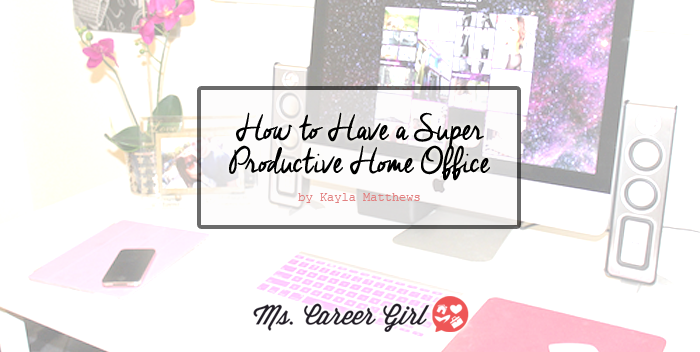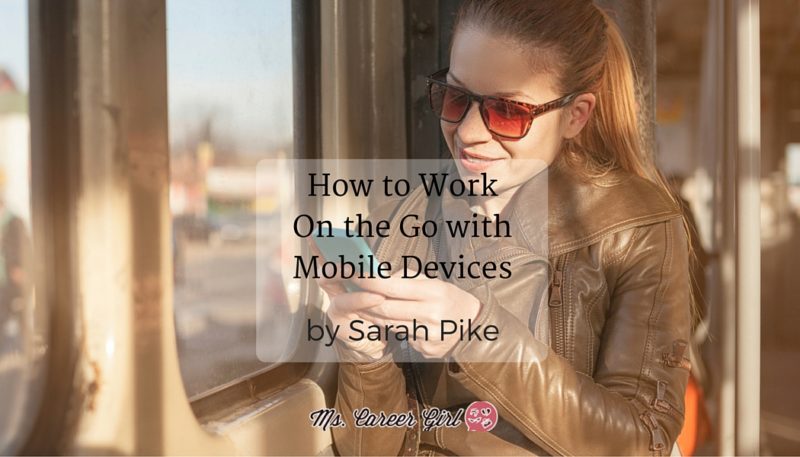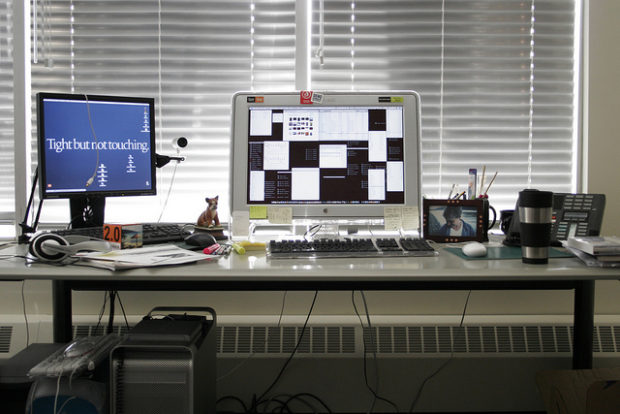The Secret to Working From Home And Staying Productive
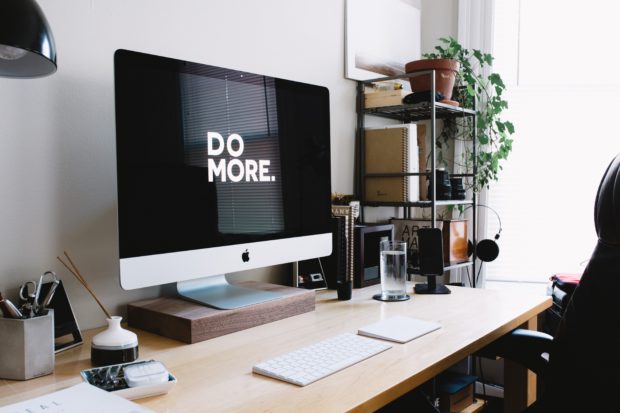
Over 3.7 million employees work from home at least half of the time. It is unsurprising, then, that global workforces are tilting towards majorities (rather than minorities) of remote workers.
As a freelancer, I often sing the praises of the home-office life. I do not necessarily work fewer hours than my non-remote colleagues. But I do savor the schedule flexibility and independence such a professional path offers.
Yet there are downsides, naturally. Self-employment tax–a neat 15.3% right now–is a tough reality, for example.
I also feel as if I spend more time chasing productivity than implementing it. This is a larger challenge than office-based employees may assume.
I’ve wrestled with my own capacity to work from home productively over the years and have experienced varying success. Here are some strategies for boosting home office productivity, no matter the nature of your work.
Boundaries, boundaries, boundaries.
Most of us are grateful to have homes to retreat to on weekday nights. But what happens when our professional lives take up full-time residence in these spaces?
Work lives don’t always transition seamlessly to a home environment, especially if that apartment or condo is crowded with laundry hampers, unwatered plants, and towers of books (as mine is).
For this reason, establish boundaries, and be rigorous about adhering to them.
Divide your professional workspaces from your personal spaces. This can be as simple as setting up a home office devoted solely to work purposes. Be religious about only completing professional work in this office–don’t let it become an arts and crafts space for your kiddos.
Set daily working hours so that you don’t feel the temptation to put work off until the evening, when you are less likely to be attentive. This can also prevent you from over-working in any given week.
Turn off all work-related devices after these “working hours.” Enable yourself to be fully present to your partner, your kitty, your china mugs after a day of work, even if that day was spent at home.
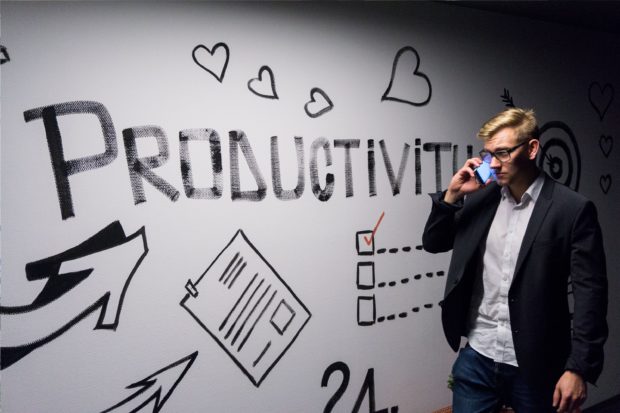
Craft an environment that promotes productivity.
Studies indicate that cluttered spaces can hinder productivity. The same goes for spaces with poor lighting.
Ensure that your home workspaces are clear of clutter and illuminated with the right kind of light for working eyes. A little bit of nature can’t hurt, either. I like to adorn my home office with all kinds of vibrant indoor plants and baby succulents (easy to care for, naturally).
If you work in a cramped space, make it feel more expansive by moving non-essential items to a separate locale. This may mean relegating recycling and trash bins to the kitchen or those extra photo frames to the living room.
You may even wish to hang a wall mirror to create the illusion of lofty, illuminated space.
It’s also essential to protect your eye health if you spend most of your time staring at a computer screen. I highly recommend blue-light reduction glasses to minimize tension headaches and the impact of cell phone and laptop light.
Lastly, make sure the light in your workspace is actually supporting your productivity–not hindering it.
If you’re having trouble crafting the perfect work environment, take some time to identify the space most likely to nurture productivity. Do you instantly dream up a sky-loft? A tiny office sans distractions? A collaborative workspace replete with expansive work surfaces?
Once you identify your ideal work environment, either create it or hunt it out.
Disengage in order to focus.
You probably tell yourself, as I do, that you are more likely to be productive when fewer tabs are open on your browser and if your phone is set to Do Not Disturb (or off). Why is it, then, that we neglect to do these things?
Easy. I, for one, am the Queen of Self-Distraction, particularly when the work I must produce fails to capture my interest.
Yet disengaging from sources of distraction can boost productivity levels and enable you to leave your home office earlier–and happier.
Minimize distractions when you can. Use a productivity app to keep yourself from mindless scrolls on social media, and move your phone to another room if you can afford to do so.
Take productive breaks and divide up work days realistically.
Science continues to point to the positive influence frequent breaks have on work performance. Let yourself have them, and let yourself have them often.
What’s more, make these breaks productive in their own right. Use them to go for a quick jog to get those endorphins flowing. Drop by the grocery store to pick up ingredients for dinner. Doodle a bit or write in your journal.
Make sure you do everything antithetic to your usual work tasks. For example, I always strive to take breaks that don’t involve a computer.
It’s also vital to divide up your work days realistically. It may be easier for you to focus on one specific task in one window of time, for example, than trying to crush through a full-day to-do list in eight hours.
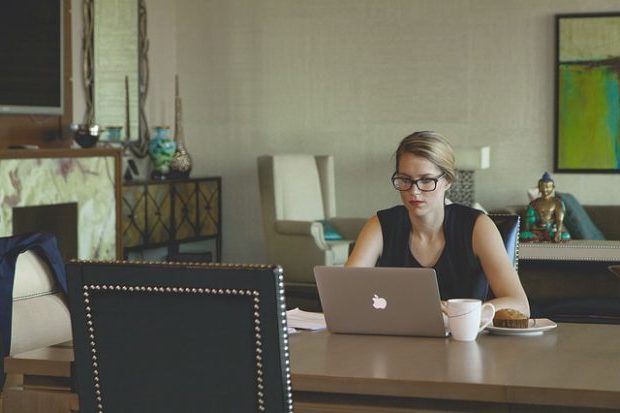
Vary the scene when necessary.
It’s far too easy for home workspaces to grow dull. This is especially the case if you work at home alone, with infrequent human interaction.
Feel free to change the scene when necessary, but only if doing so is likely to encourage productivity (and general morale). Spend half of the morning at a coffee shop working on that presentation, for example. Or set up camp at your local library.
Sometimes I break up my work day by spaces, hopping between pseudo-offices three or four times in a given day. This can inject a little more excitement and versatility in your day. It can also get the blood flowing after several hours of sedentary working.
Know what productivity means to you.
Sometimes the greatest barrier to productivity lies in your own perspective of the principle. Once I realized that my lack of productivity largely stemmed from my own unrealistic notions of productivity itself, I was able to redefine this term.
Now productivity to me means smaller to-do lists and self-imposed limits. It also means lots of coffee breaks and time away from my screen.
You guessed it: doing this has made me a more productive worker, and a more relaxed one at that.

About the Author:
Kate King is a writer, artist, and insatiable wanderer. Her work focuses on mindful living, awareness, and power. When not keeping up with her blog (A Lighter Earth), Kate is a freelance editor, professional tutor, and digital marketer. Follow her on Instagram.


